The 1 million hectare low-emission high-quality rice project has yielded its first pilot harvests and is preparing to enter the acceleration phase. However, an additional VND20 trillion is needed to implement this phase.
Pilot models in the Project on Sustainable Development of 1 million hectares of high-quality and low-emission rice cultivation associated with green growth in the Mekong Delta have just been harvested.
The Ministry of Agriculture and Rural Development said that applying sustainable farming methods in the project helps reduce 20% of rice production costs, increasing income for households growing this food crop (30% added value in the rice chain, of which the profit margin of rice growers reaches over 40%). In addition, it also helps reduce an average of 5-6 tons of CO2 equivalent per hectare of low-emission rice.
Based on that, the ministry has agreed with localities to continue expanding the area of sustainable rice cultivation and reducing emissions in all 12 provinces and cities in the Mekong Delta. The application will be implemented in the autumn-winter crop of 2024 and the winter-spring crop of 2024-2025.
According to the roadmap, by 2025, the focus will be on developing 200,000 hectares of high-quality, low-emission rice. From 2026-2030, an additional 800,000 hectares of rice will be expanded in 12 provinces and cities in the Mekong Delta region.
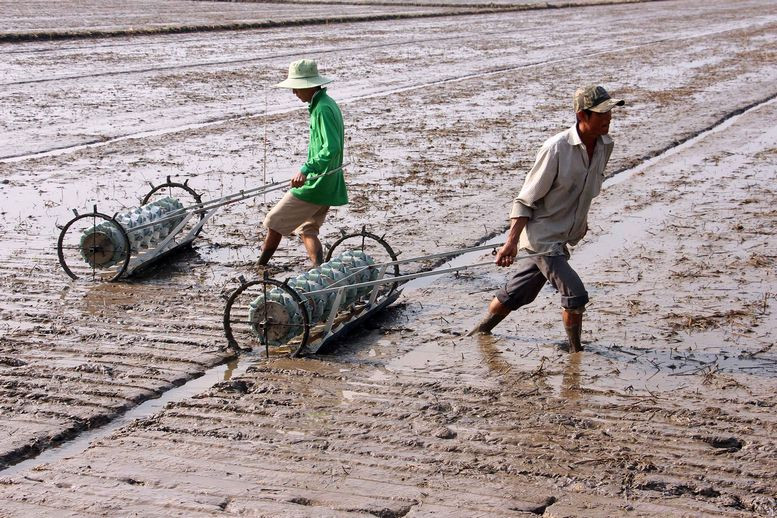
In addition, the Ministry of Agriculture and Rural Development has coordinated with localities and experts from the World Bank and IRRI to build a system for measuring, reporting and assessing emissions in accordance with international standards. From there, there is a scientific basis for applying measurements to the entire rice area participating in the project.
The review of the current status of infrastructure and the search for resources to deploy investment in upgrading production infrastructure in 33 concentrated production areas is also being carried out by this ministry in coordination with localities.
Deputy Minister of Agriculture and Rural Development Tran Thanh Nam said that the ministry has developed a proposal for the program “Infrastructure and technical support for high-quality and low-emission rice in the Mekong Delta” to borrow 430 million USD from the World Bank. Of which, 330 million USD is preferential loan and 100 million USD is counterpart capital. This capital is to focus investment resources for the 2026-2027 period.
This proposal has been completed and submitted to the Prime Minister for consideration and decision.
However, the mobilization of investment resources is not keeping up with the progress. In particular, in the period of 2026-2030, it is necessary to prepare infrastructure investment capital to accelerate the preparation and implementation of public investment projects under the project.
Therefore, the Ministry of Agriculture and Rural Development proposed that the Prime Minister agree to the policy of completing the pilot dossier of specific policies for the Public Investment Program "Supporting infrastructure and techniques for high-quality and low-emission rice in the Mekong Delta", using preferential loans from the World Bank, estimated at about 330 million USD.
According to Deputy Minister Tran Thanh Nam, in addition to preferential loans from the World Bank and public investment capital from the state, in the acceleration period of 2025-2027, the project needs to mobilize an additional 20,000 billion VND from investment capital of enterprises, cooperatives, farmers... for implementation.
In particular, a credit package of about 10,000 billion VND is needed from commercial banks to purchase materials, purchase rice, invest in machinery, preservation and processing equipment, and build warehouse and logistics systems.
Regarding preferential loans, the State Bank said it has coordinated with relevant ministries, sectors and localities to develop a loan program linking production, processing and consumption of high-quality and low-emission rice products in the Mekong Delta.
Accordingly, credit institutions proactively balance capital sources and reduce costs to consider applying a loan interest rate at least 1% lower per year than the loan interest rate of the corresponding term currently applied to customers of the same term/same group.
In addition, the subjects participating in the rice linkage also enjoy many other incentives according to current regulations. Specifically, the maximum unsecured loan amount ranges from 100 million to 3 billion VND depending on the subject. Or the loan policy to encourage agricultural production according to the linkage model, high-tech agriculture with unsecured loans up to 70-80% of the value of the plan or project.
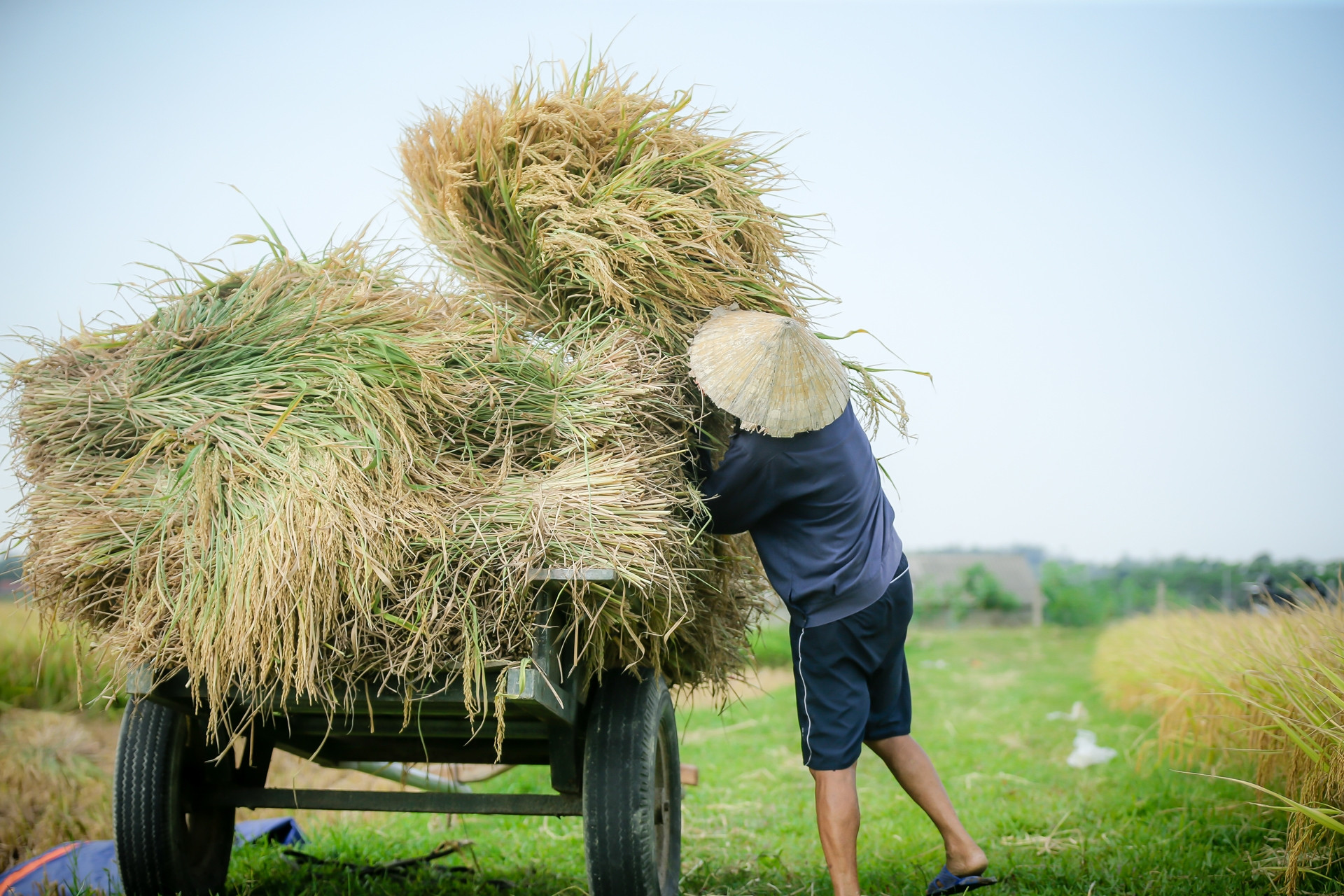
State Bank guides lending program for 1 million hectares of high-quality rice

Growing rice brings in nearly 5 billion VND/year in profit, farmers want to grow rice to sell carbon credits

Nearly 1,000 billion VND will be spent on rice carbon credits for farmers in the Mekong Delta.
Source: https://vietnamnet.vn/bat-dau-tang-toc-huy-dong-them-20-000-ty-dong-de-trong-lua-giam-phat-thai-2332504.html


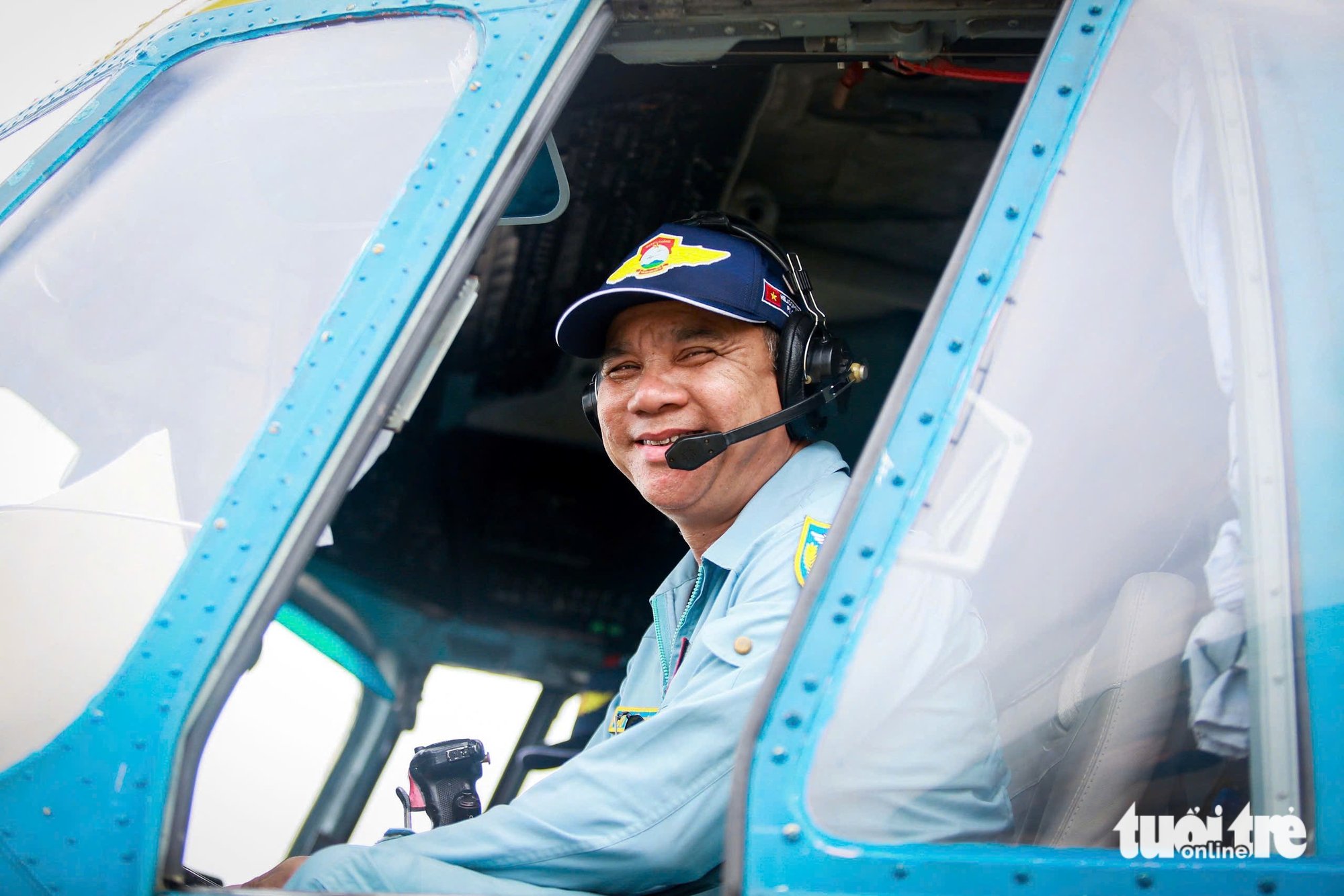
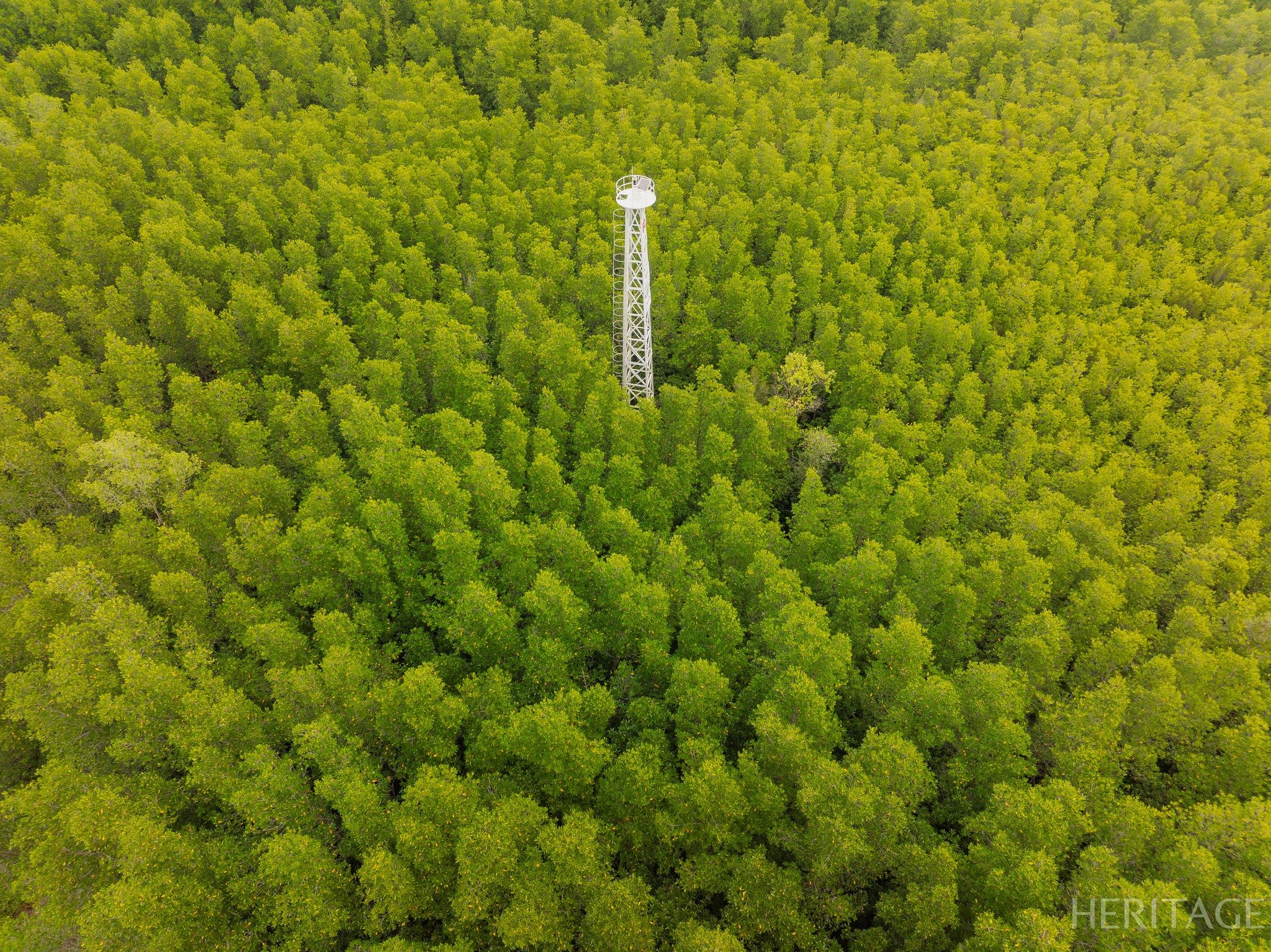
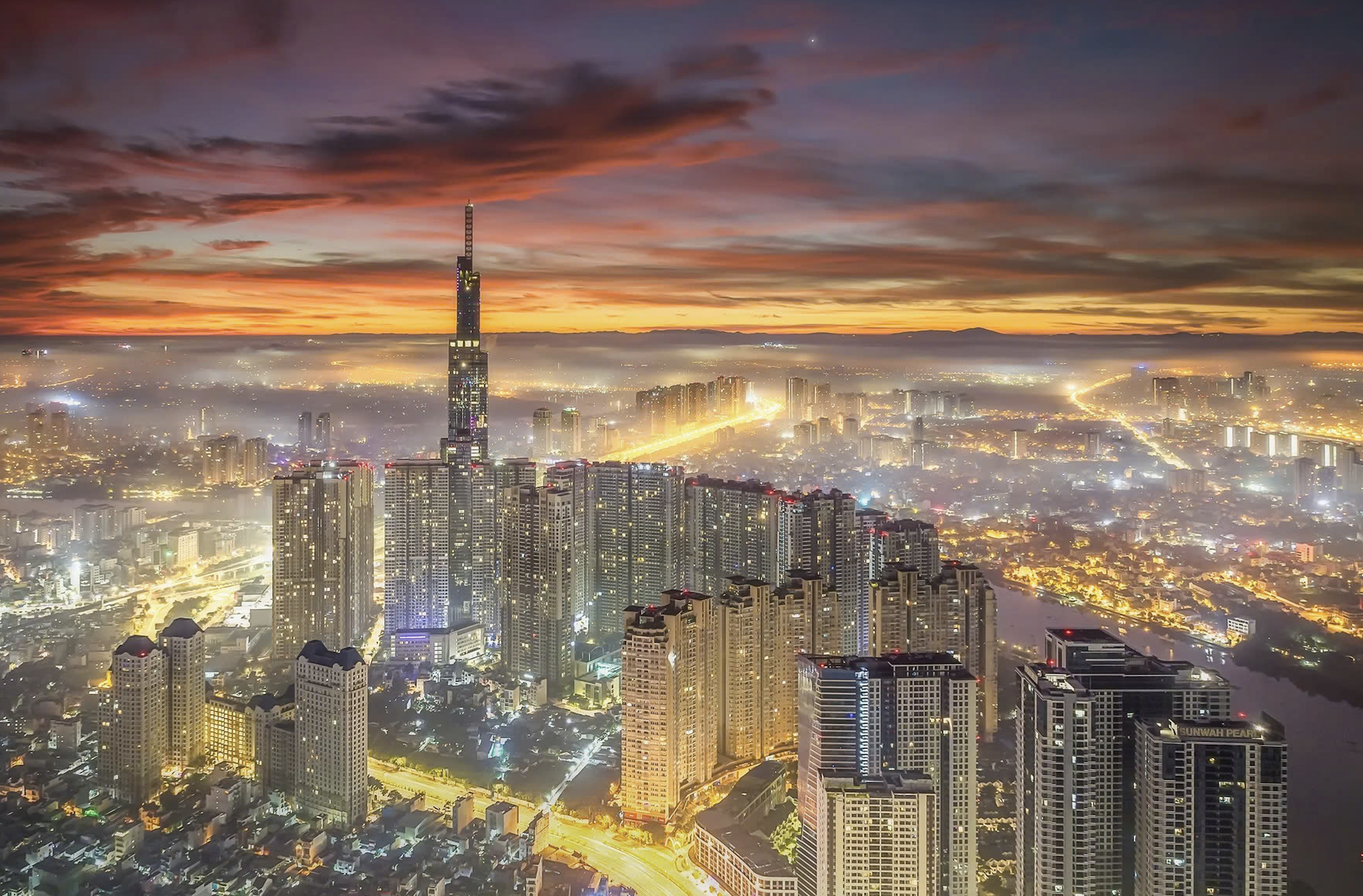
![[Photo] Bustling construction at key national traffic construction sites](https://vstatic.vietnam.vn/vietnam/resource/IMAGE/2025/5/2/a99d56a8d6774aeab19bfccd372dc3e9)
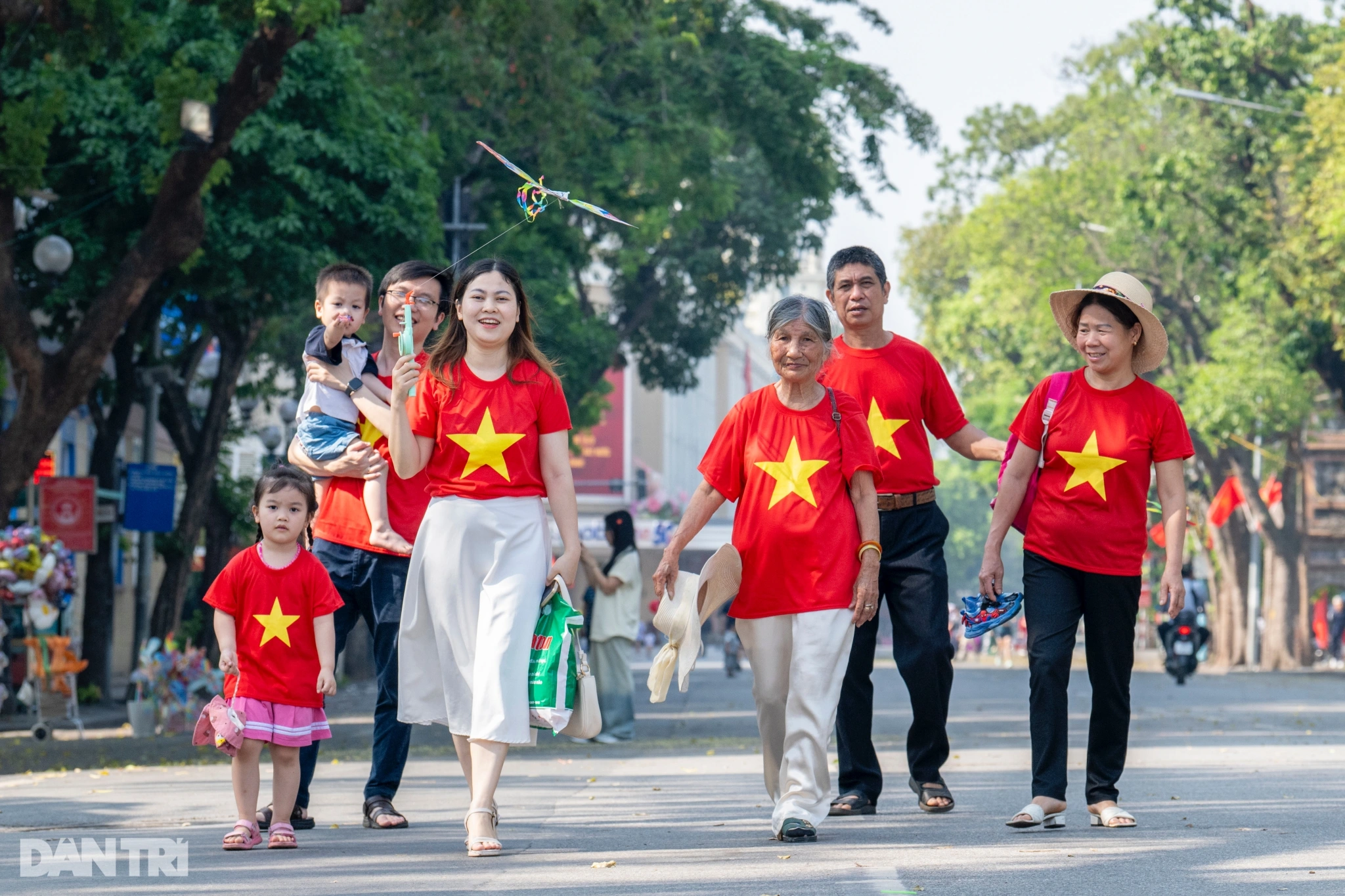
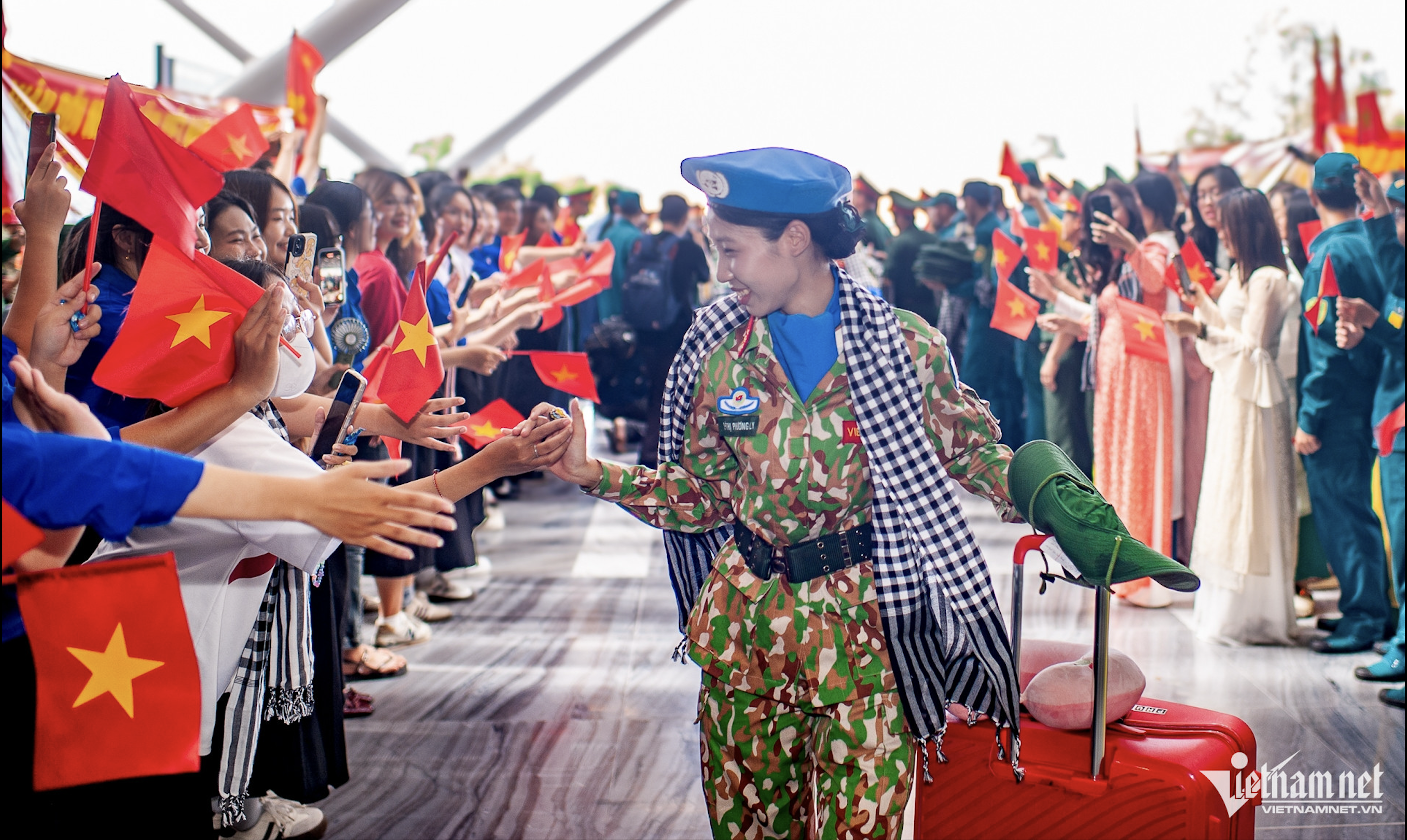


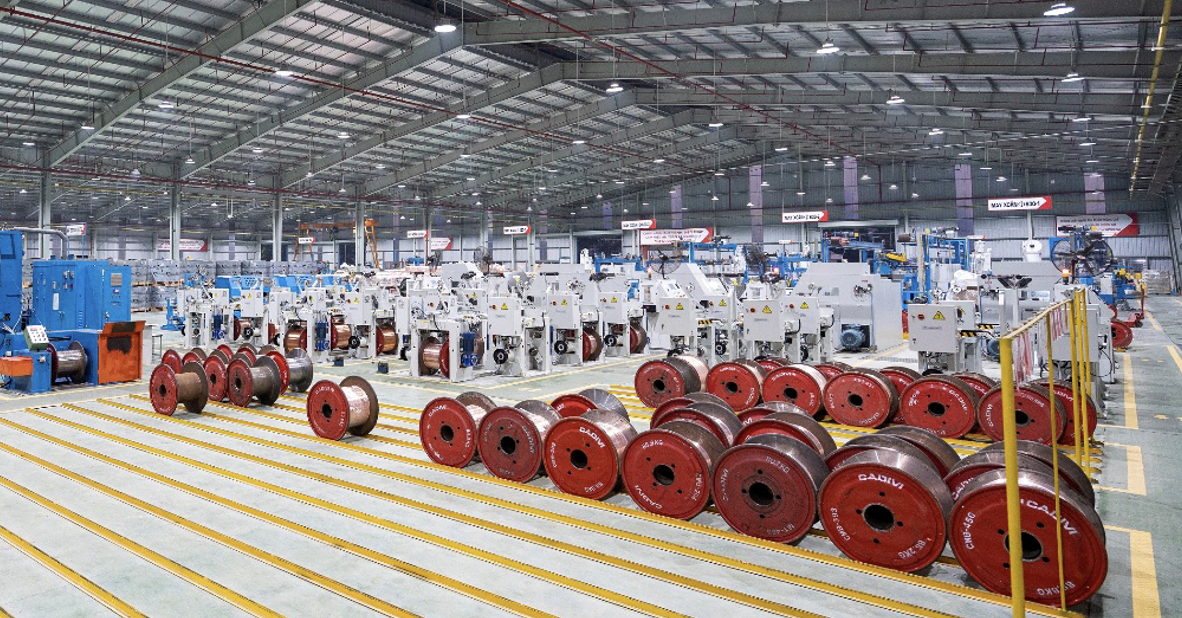


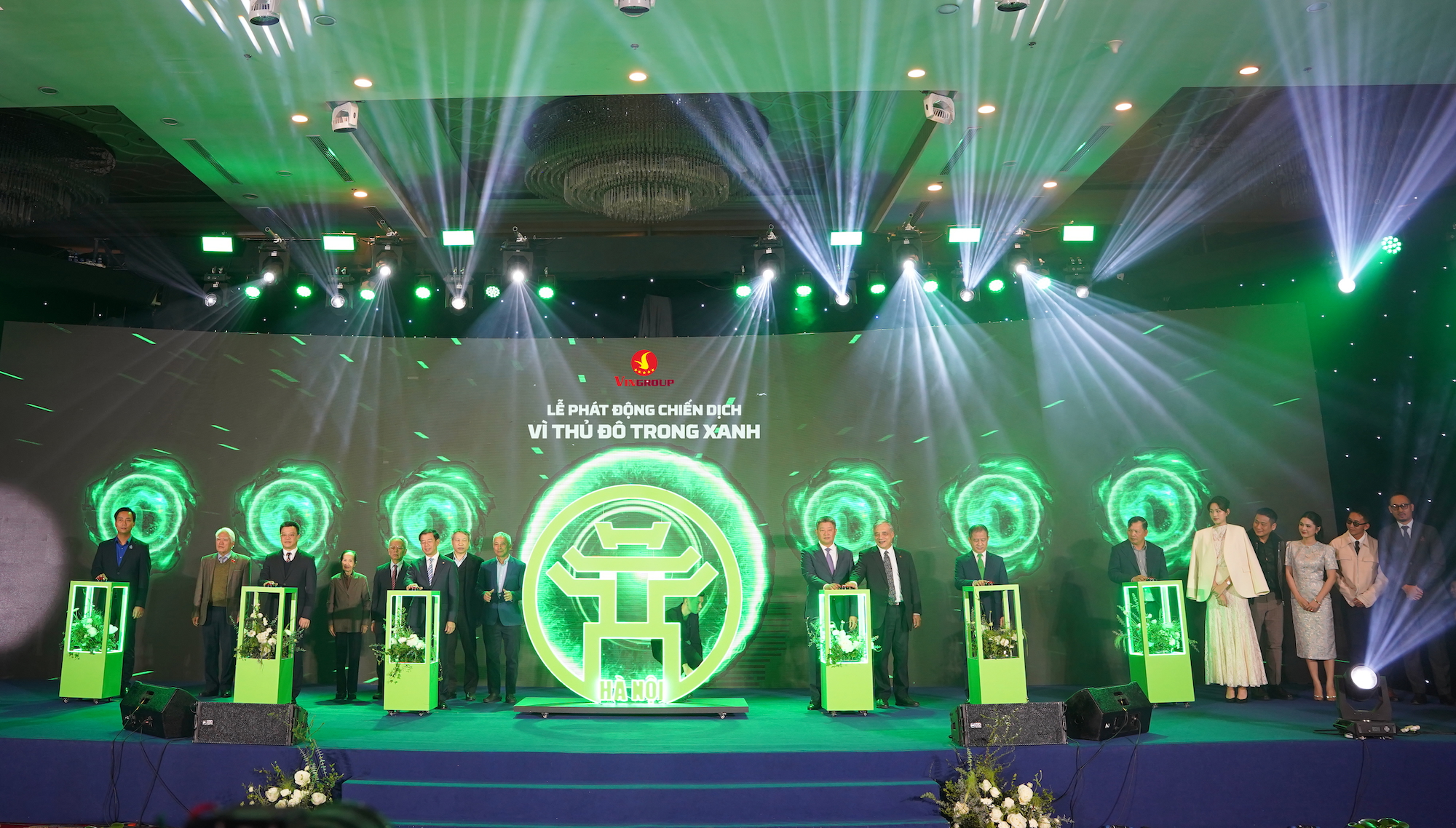


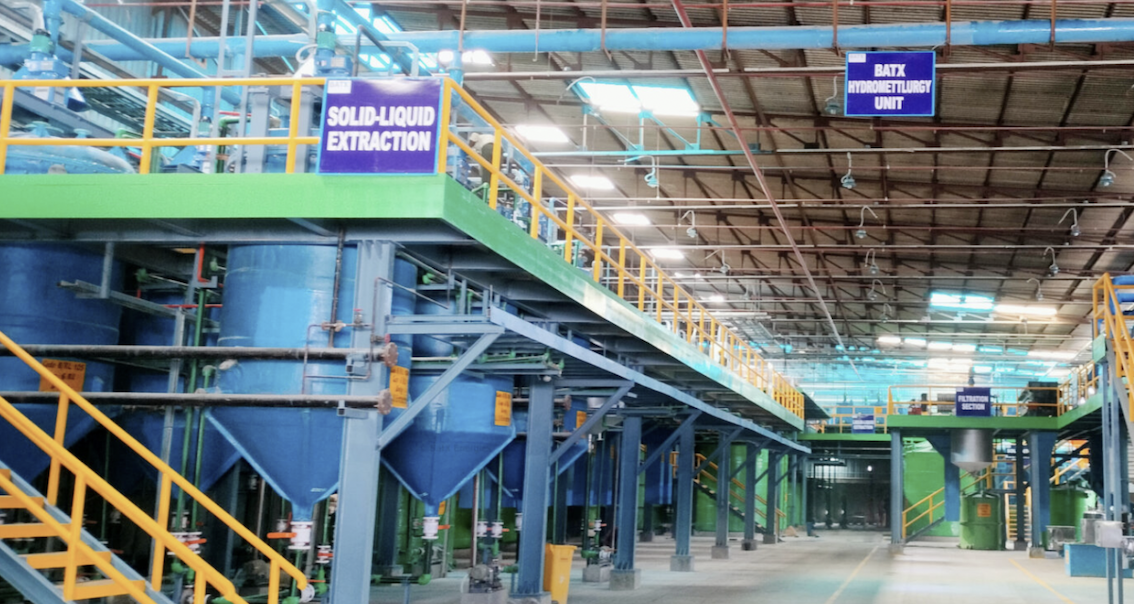
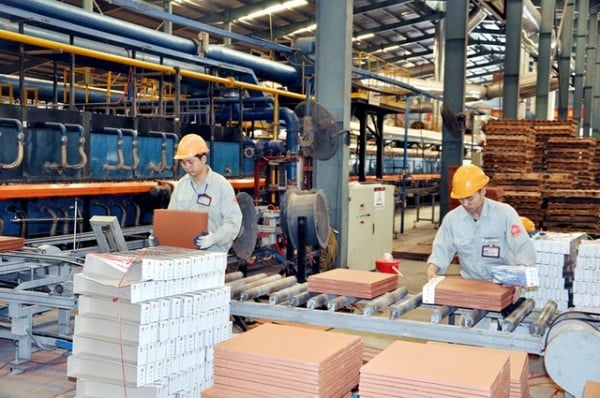
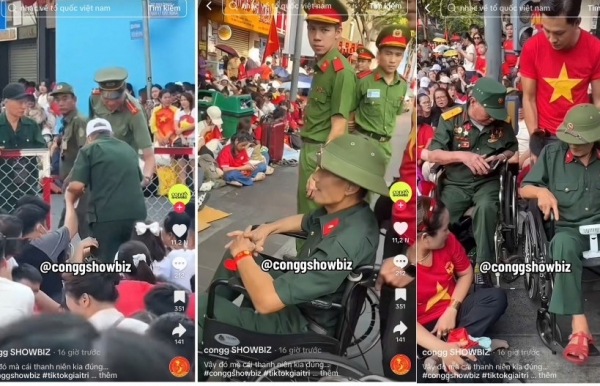
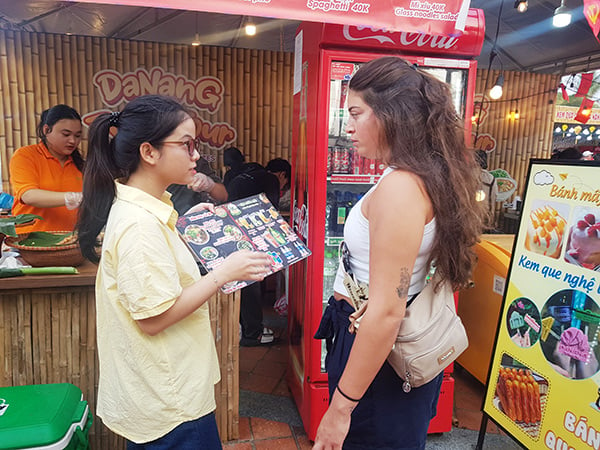
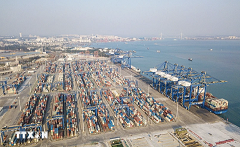
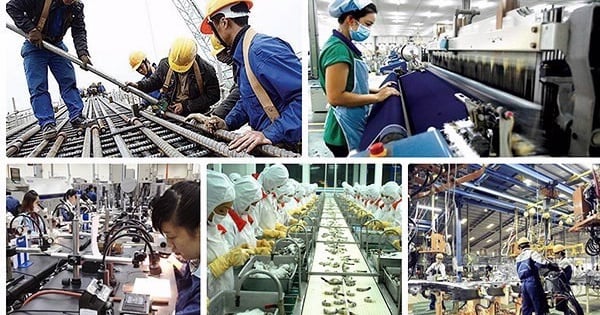
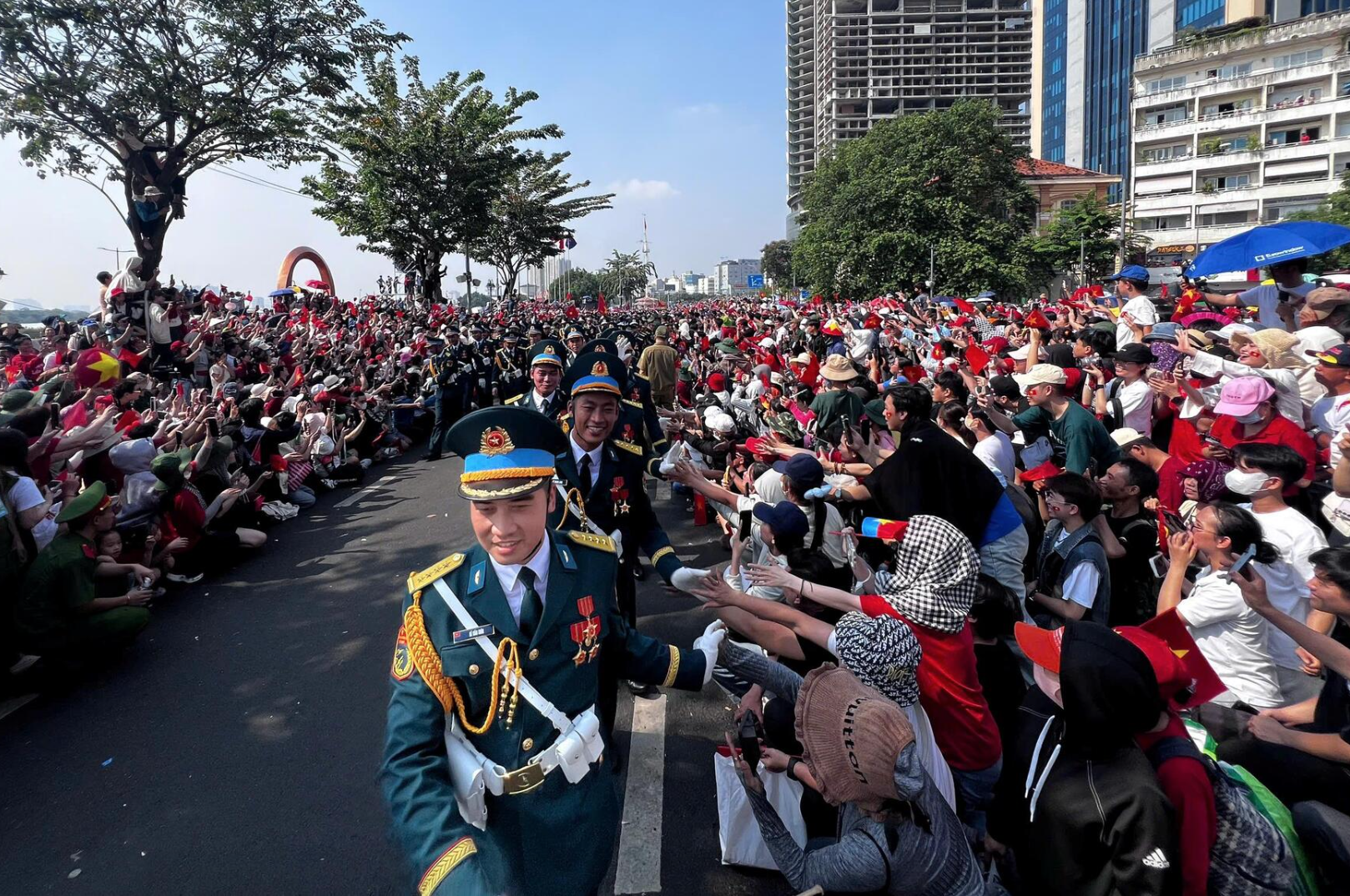

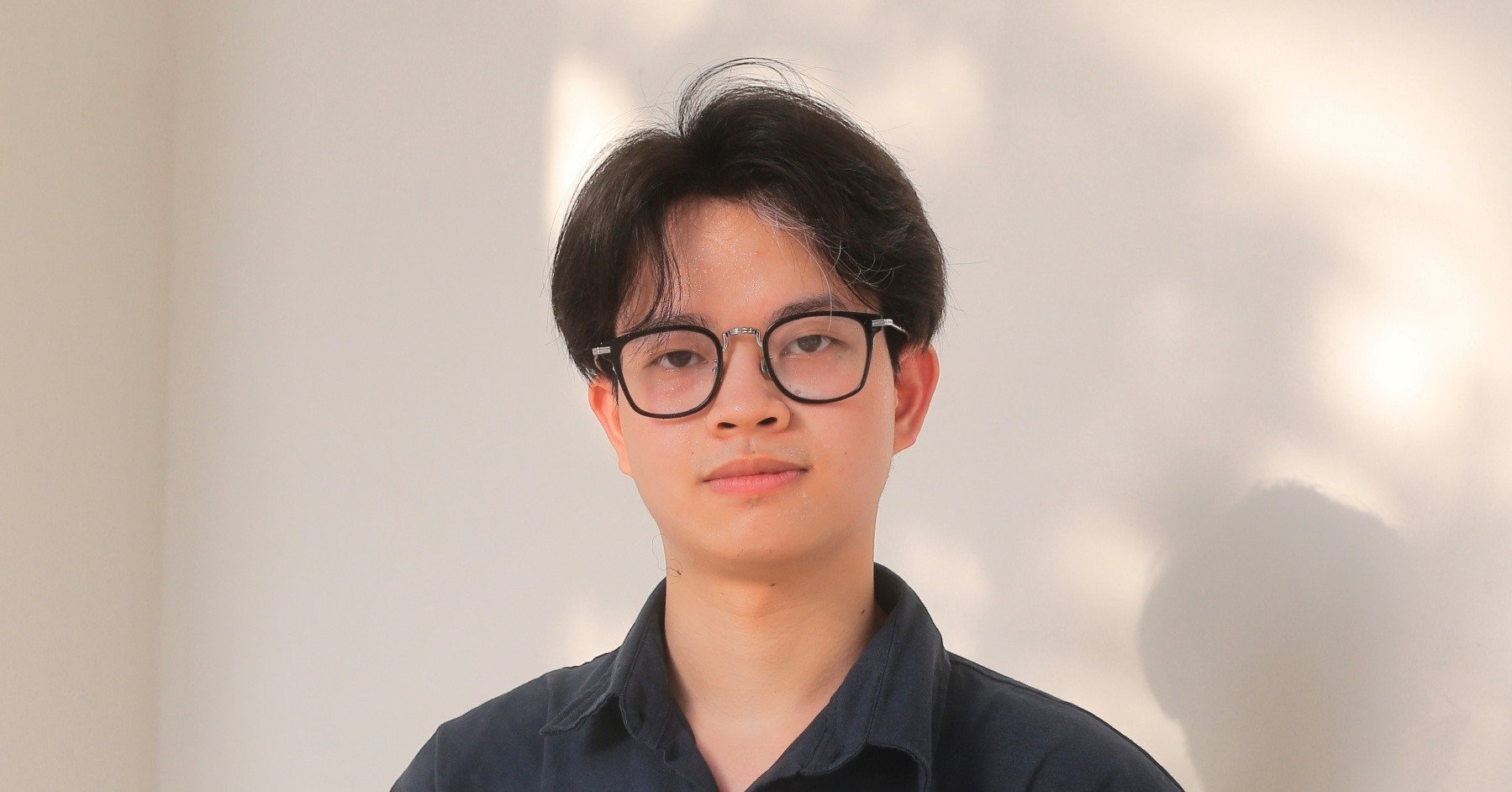
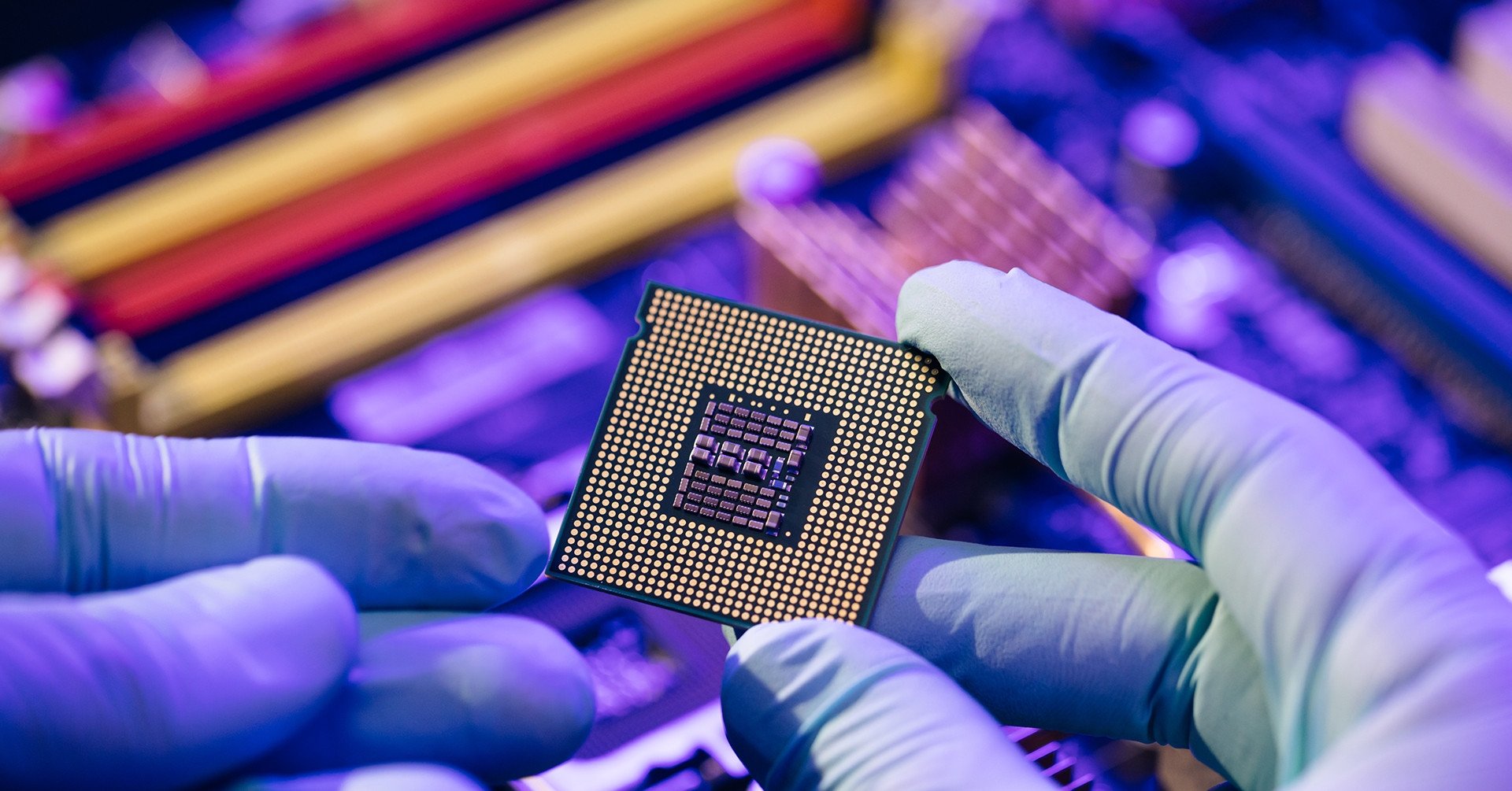
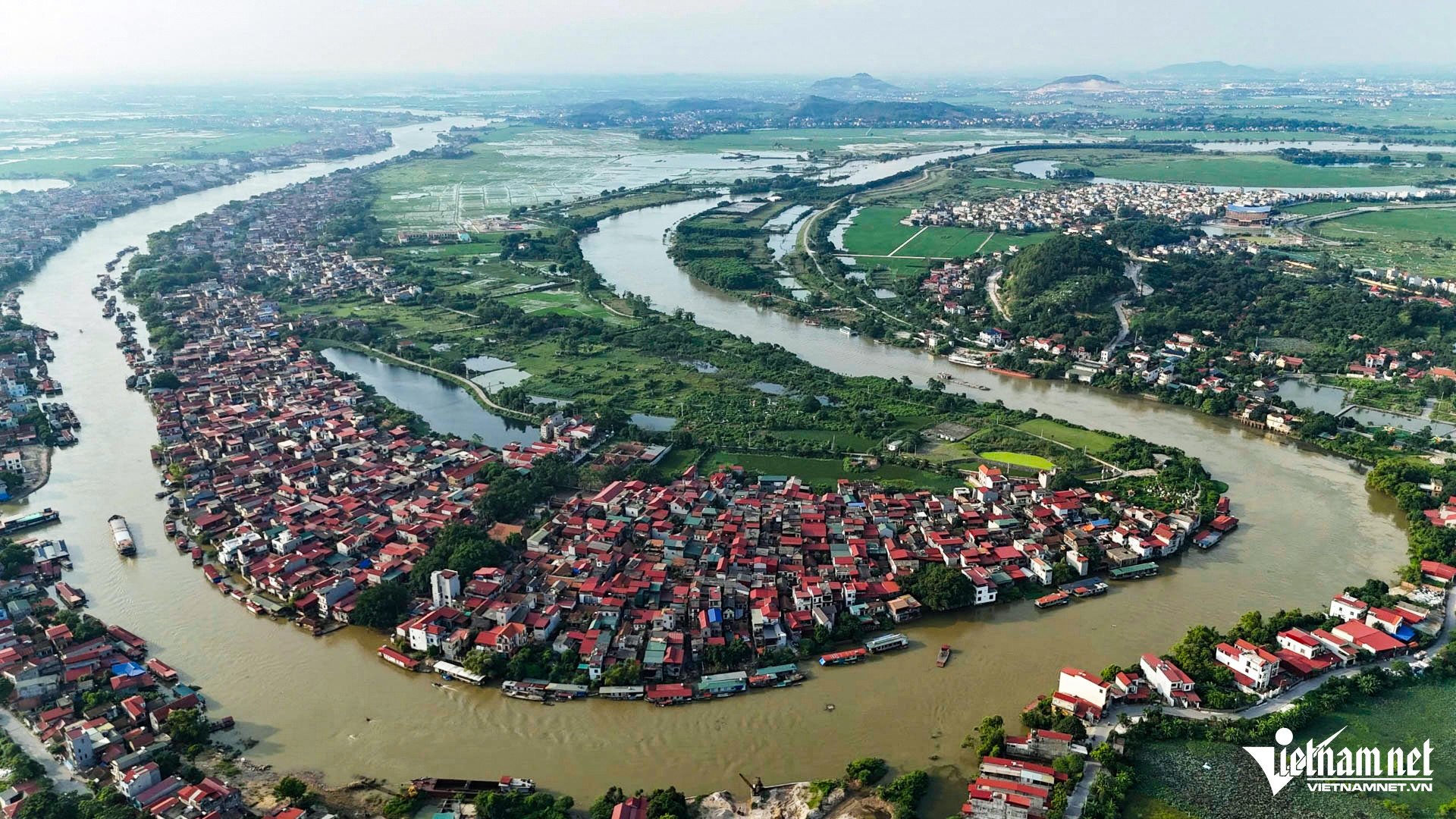
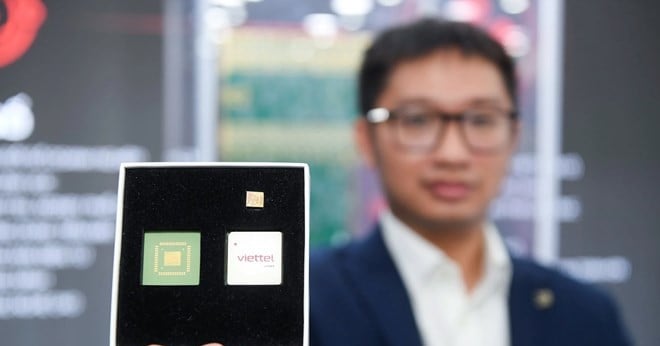
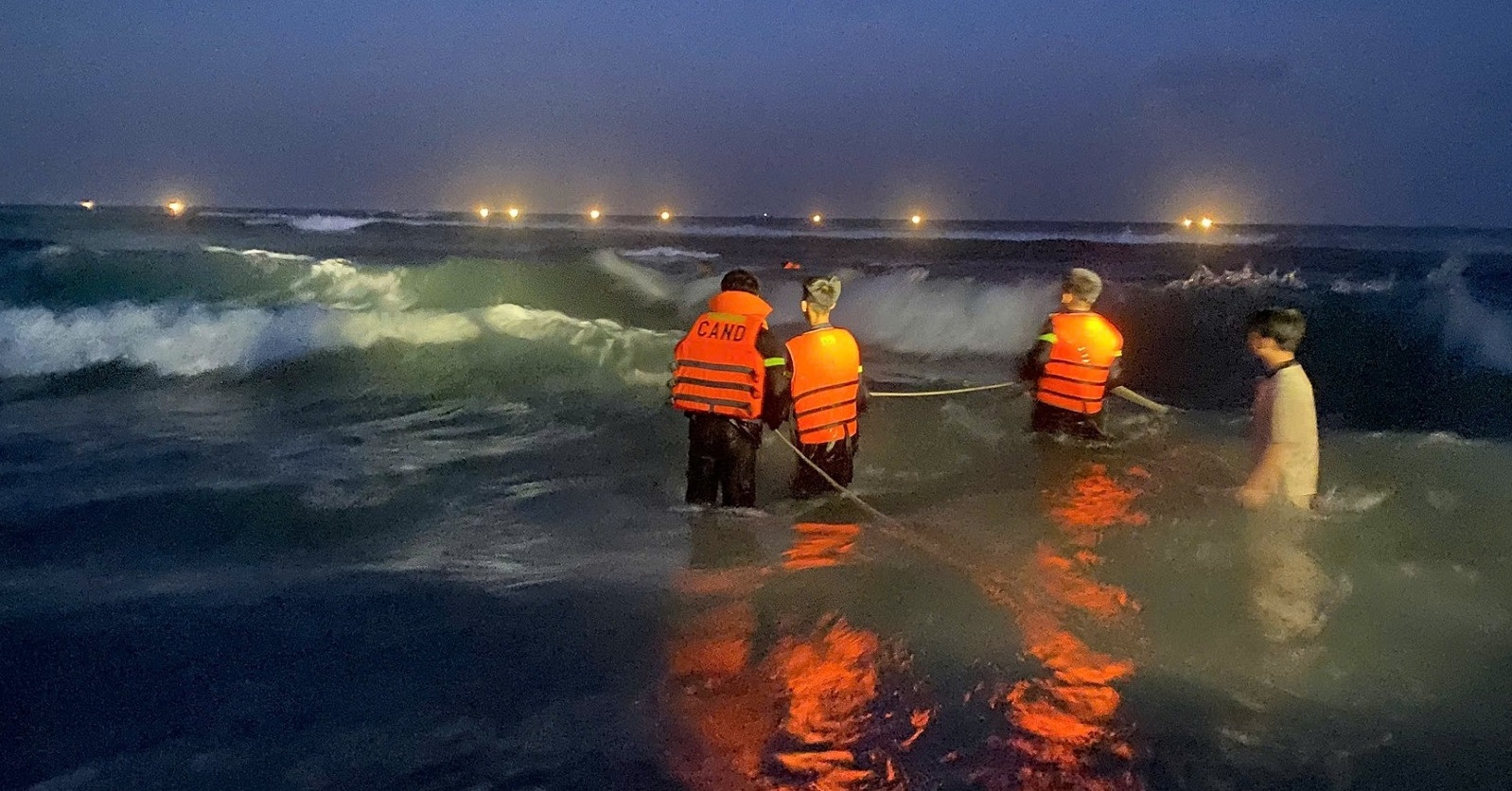

![[Photo] Binh Thuan organizes many special festivals on the occasion of April 30 and May 1](https://vstatic.vietnam.vn/vietnam/resource/IMAGE/2025/5/1/5180af1d979642468ef6a3a9755d8d51)
![[Photo] "Lovely" moments on the 30/4 holiday](https://vstatic.vietnam.vn/vietnam/resource/IMAGE/2025/5/1/26d5d698f36b498287397db9e2f9d16c)
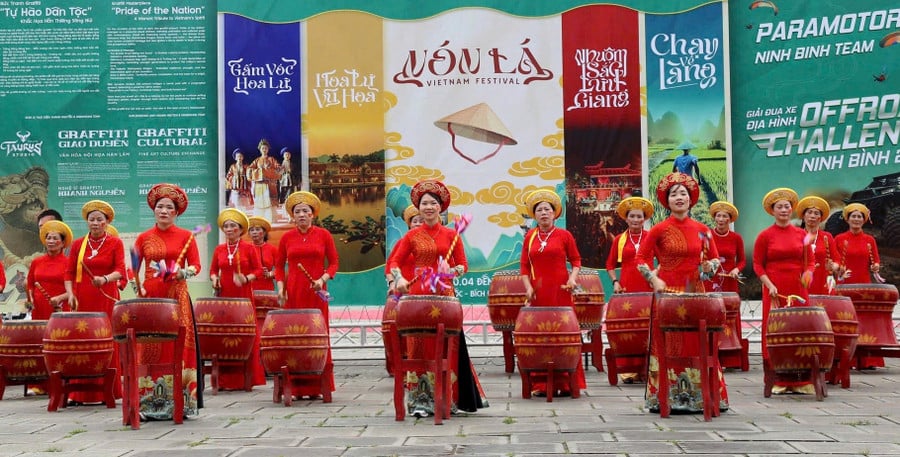

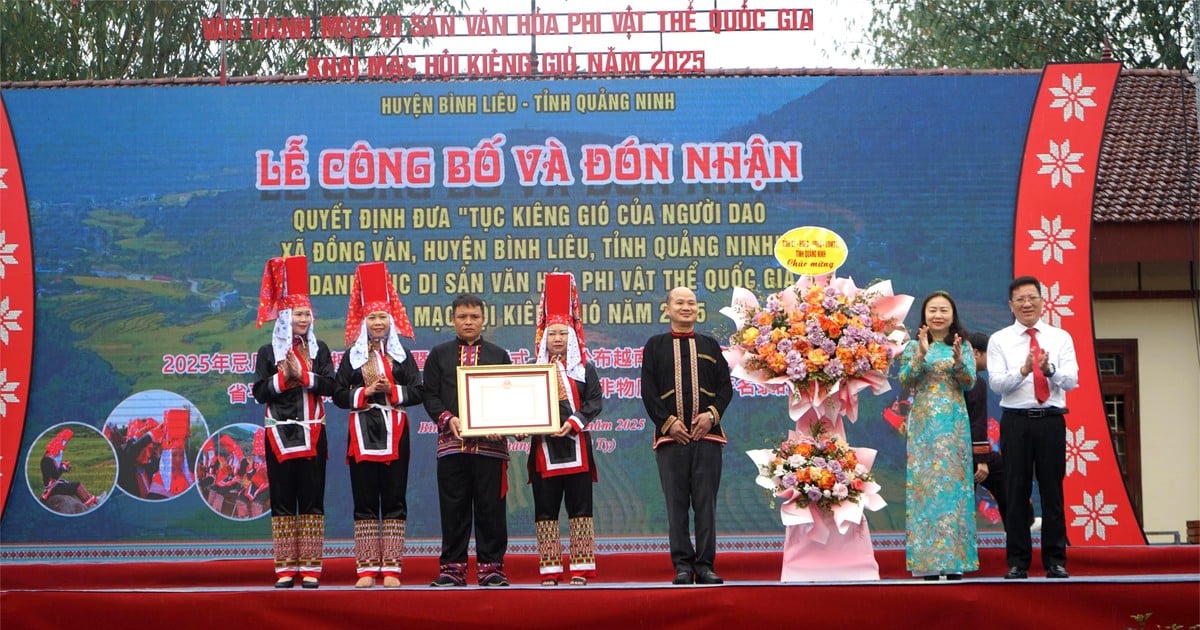



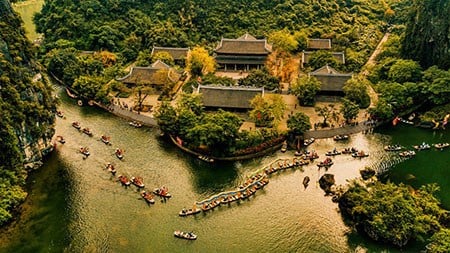

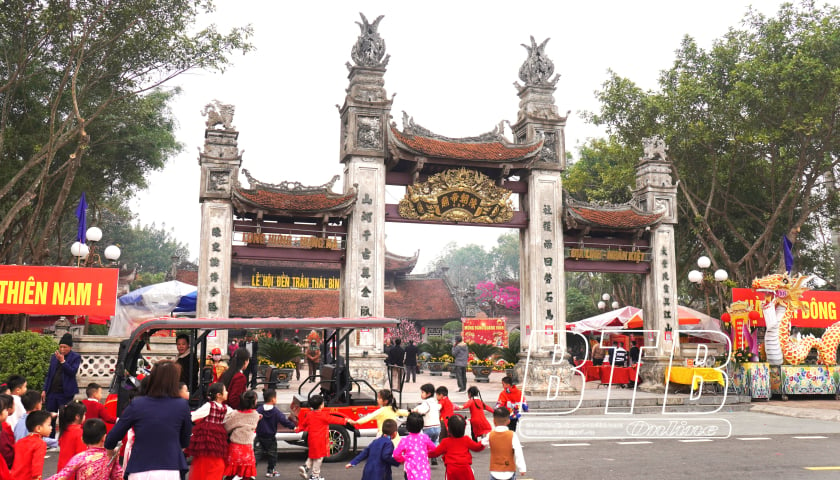

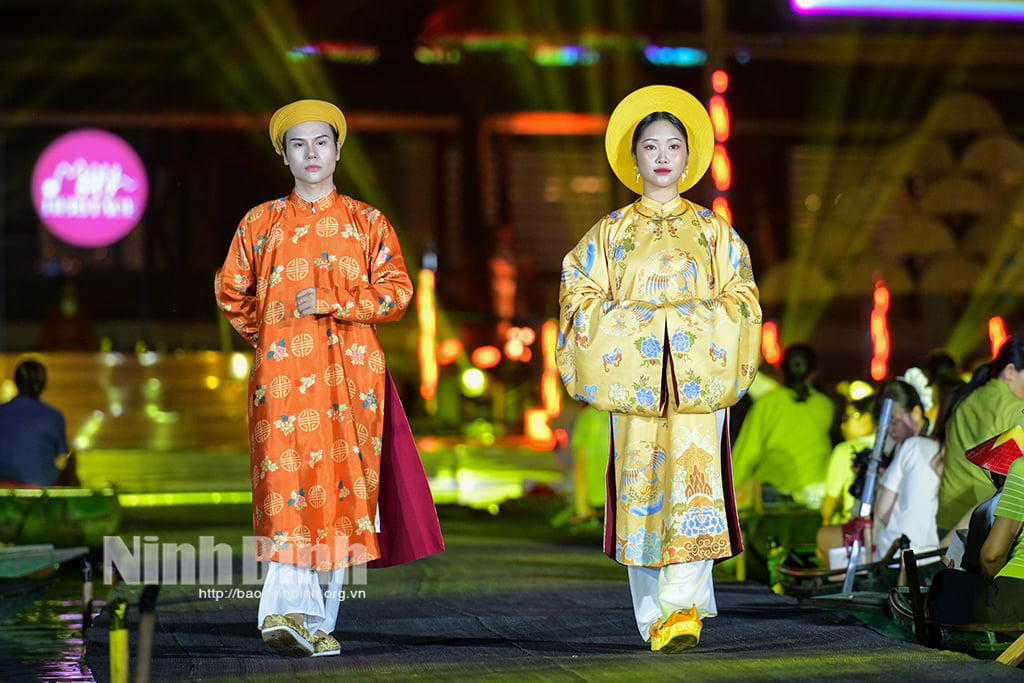

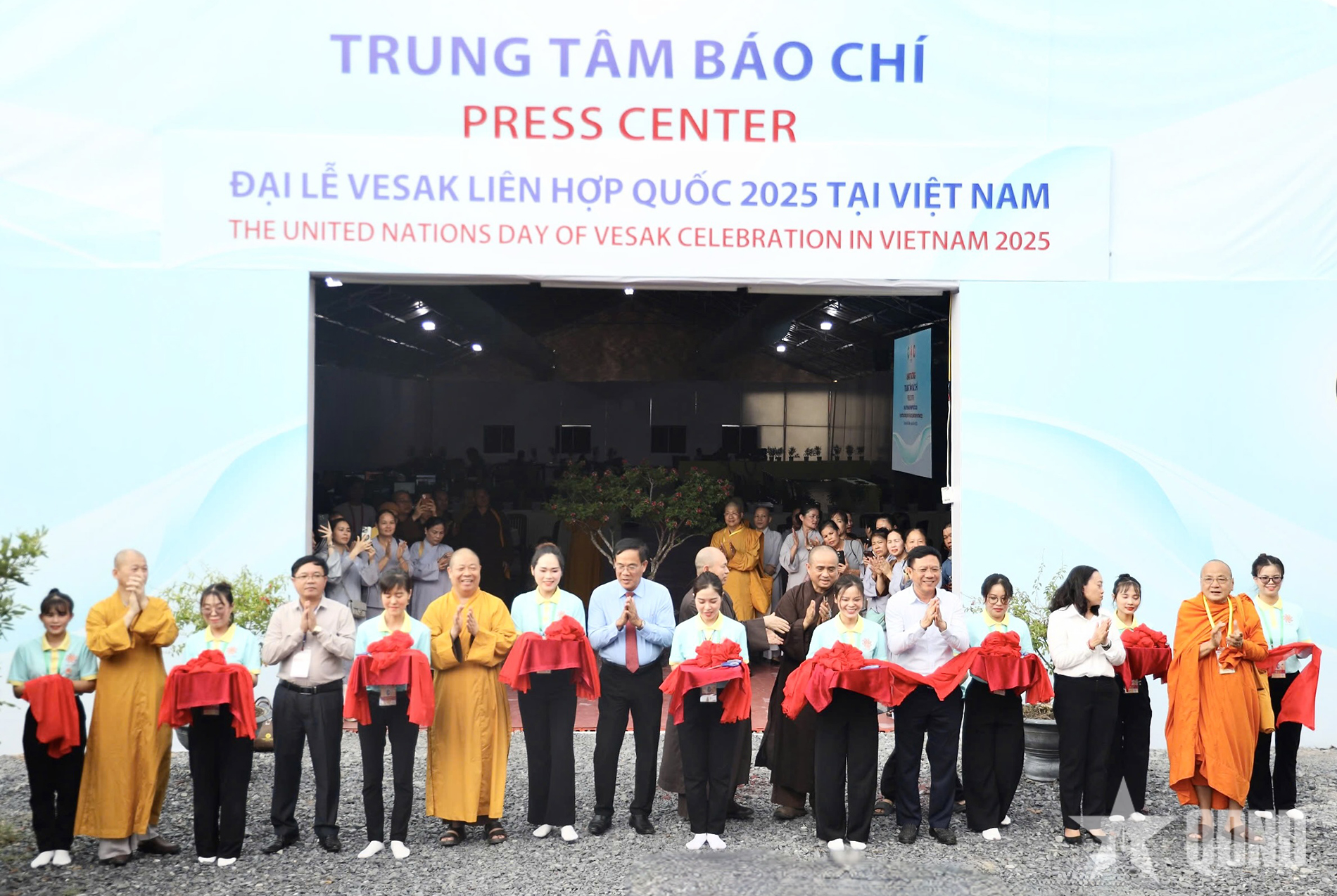

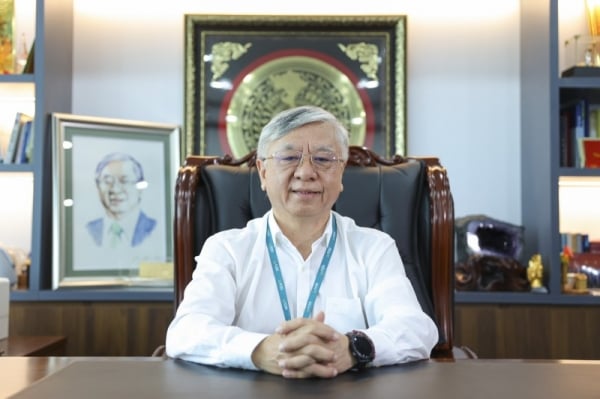
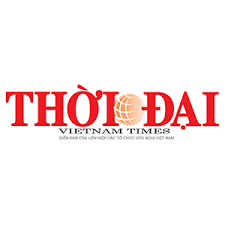
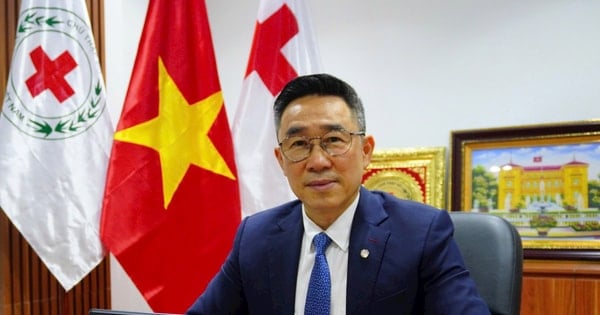



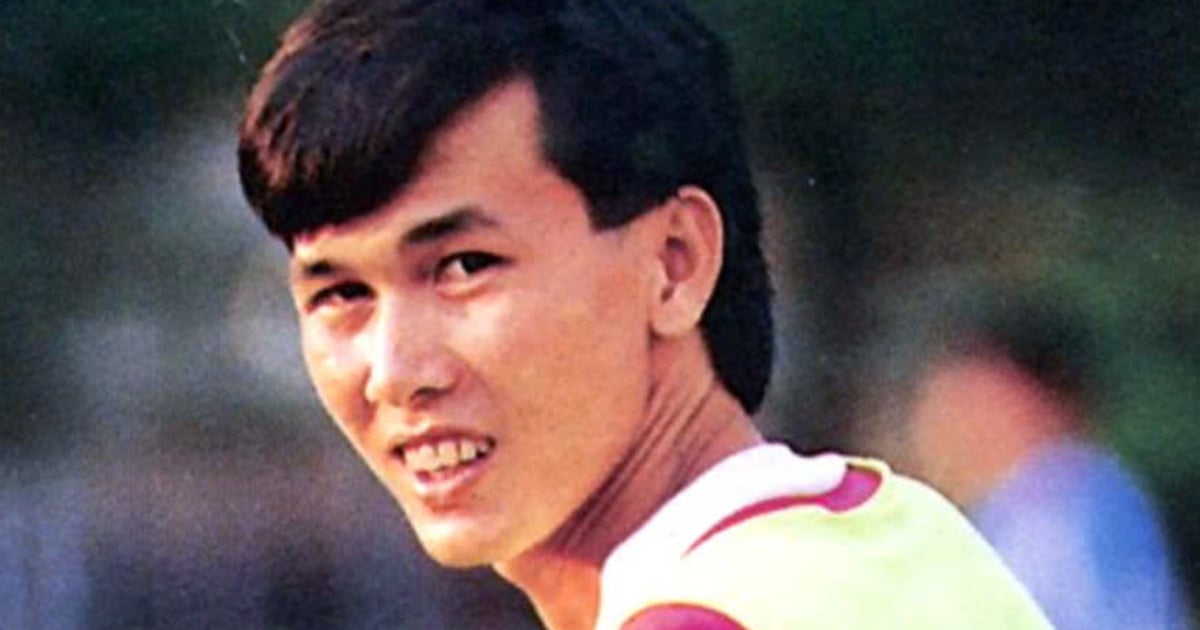

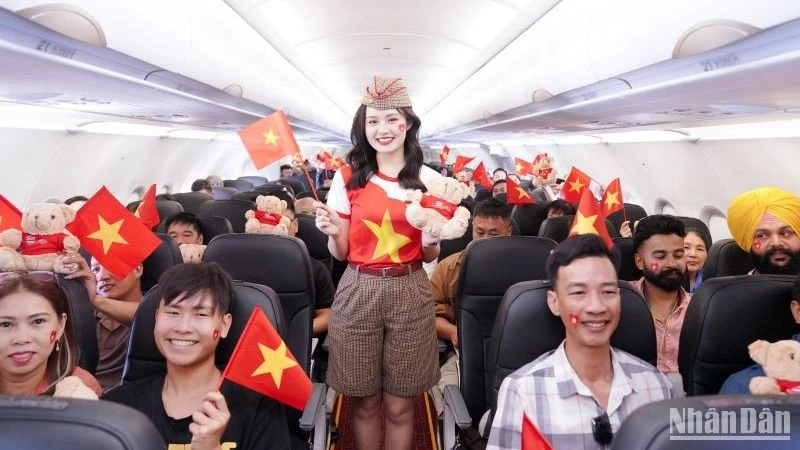

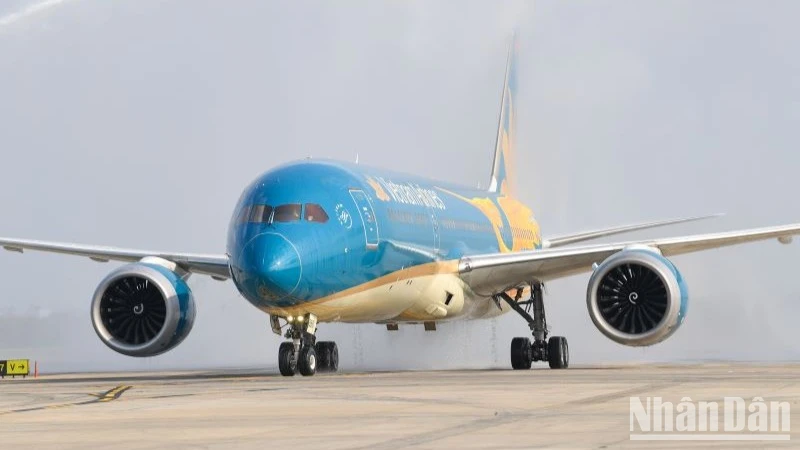
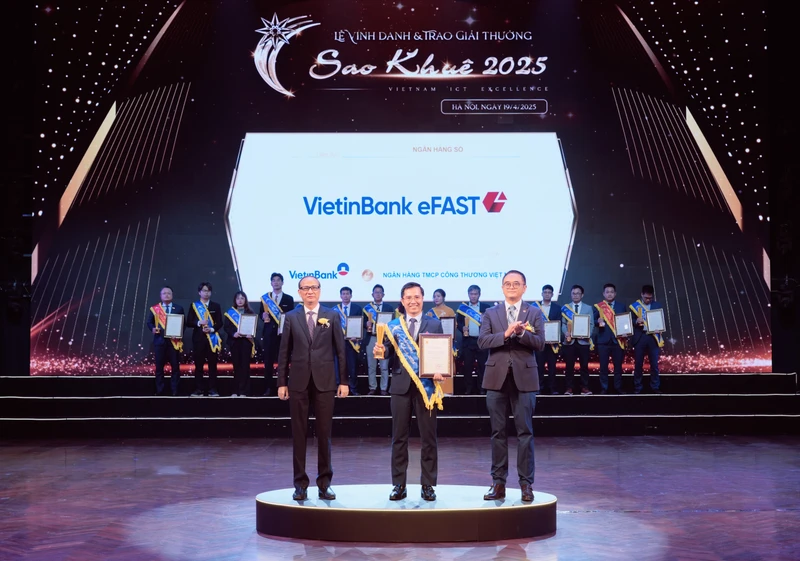




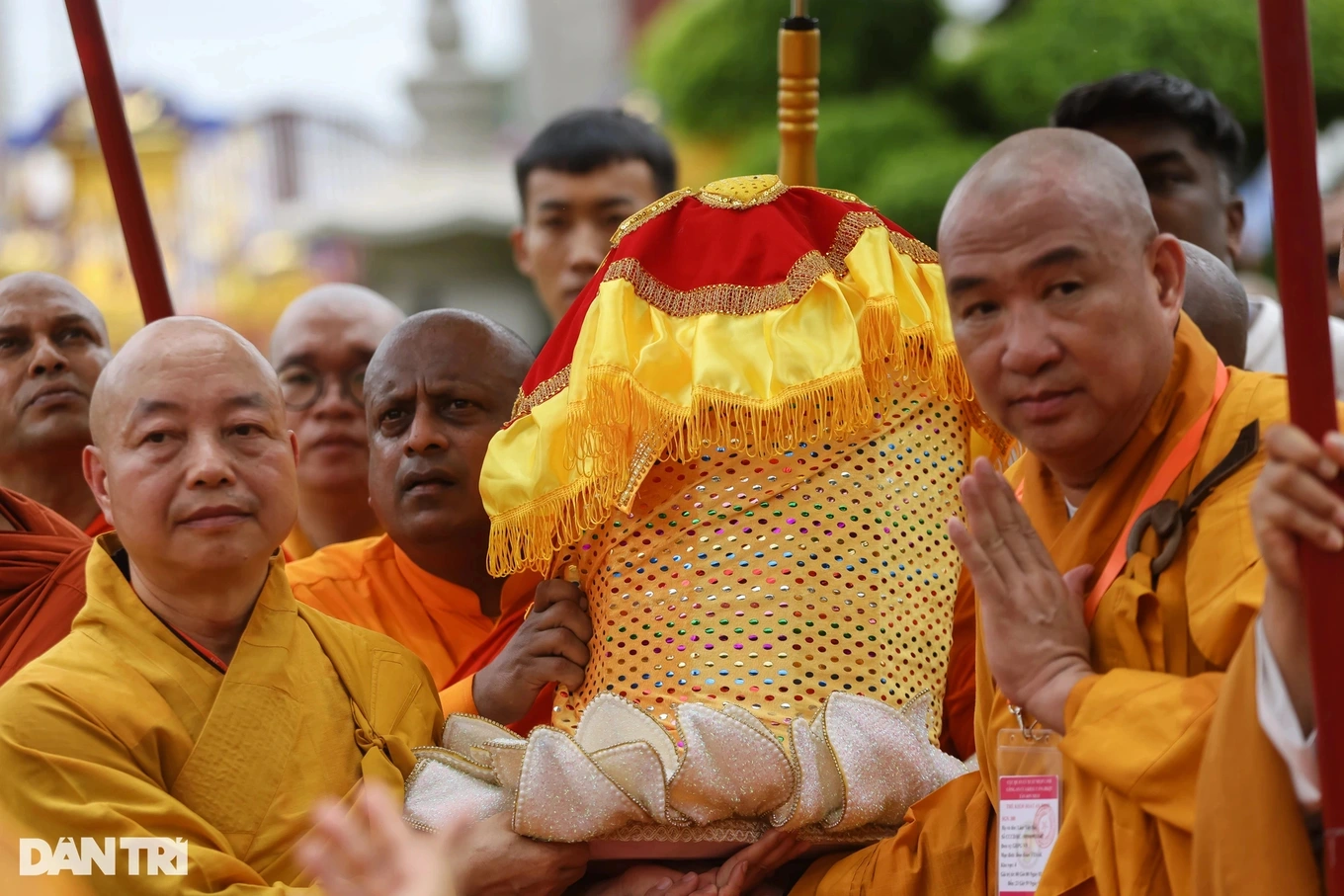



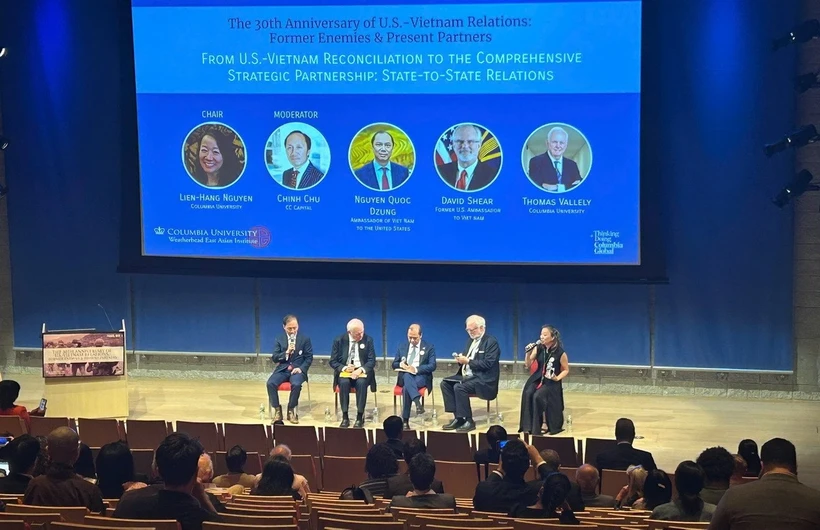
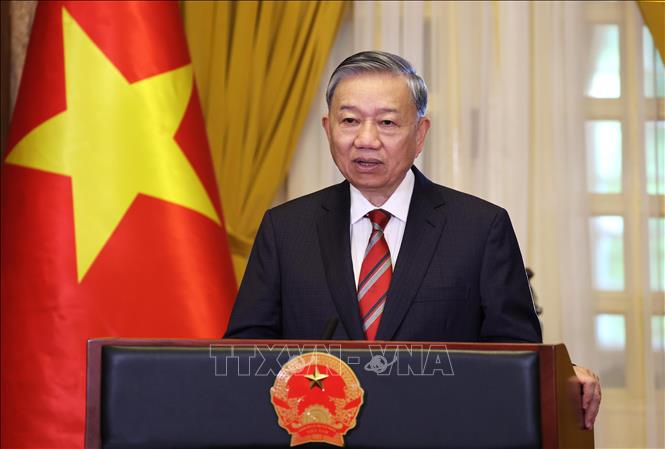
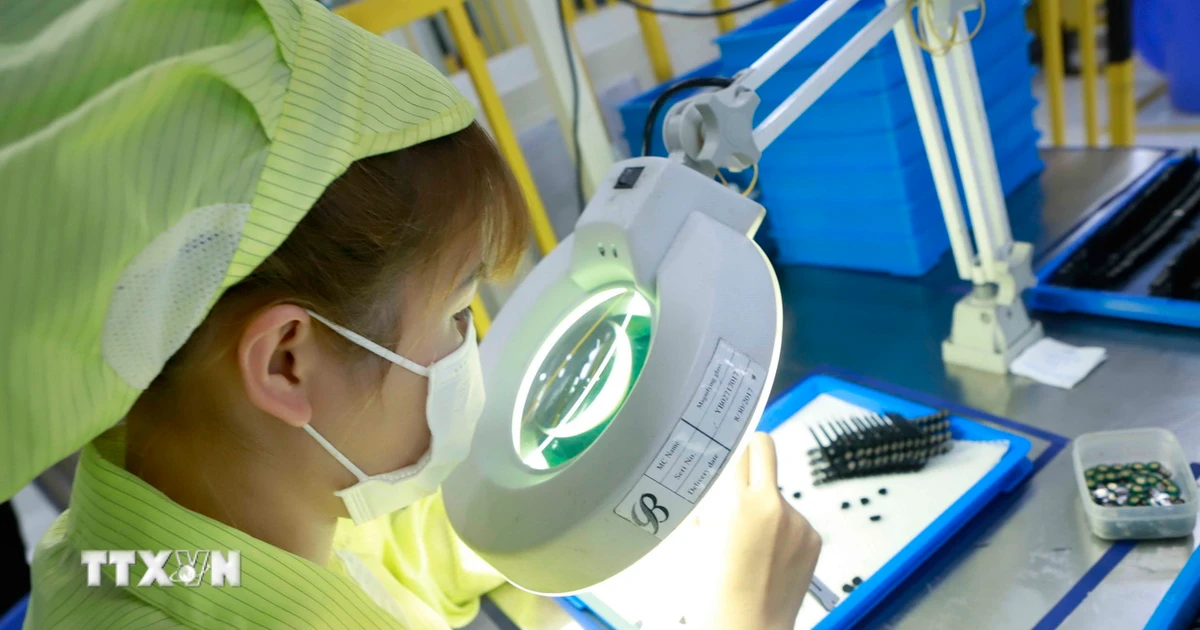
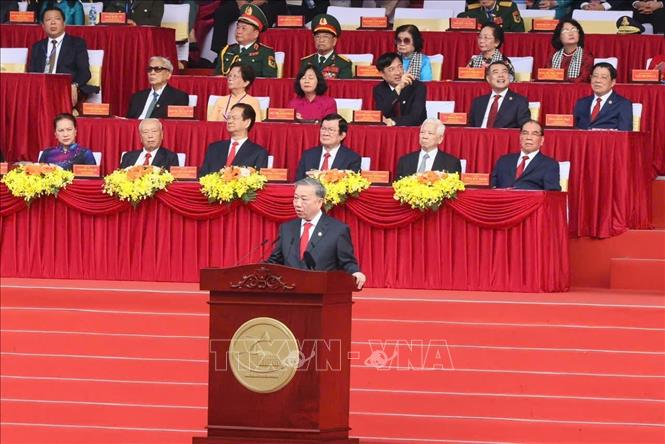




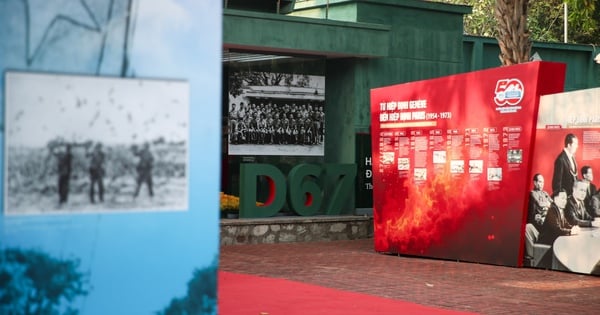


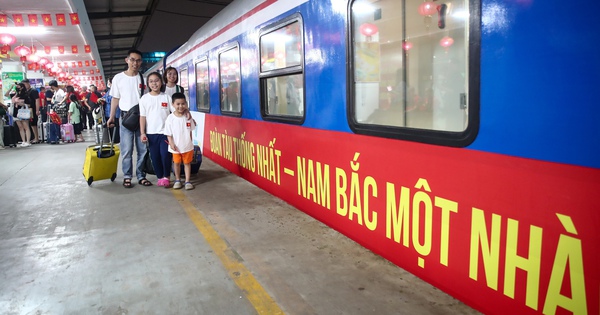
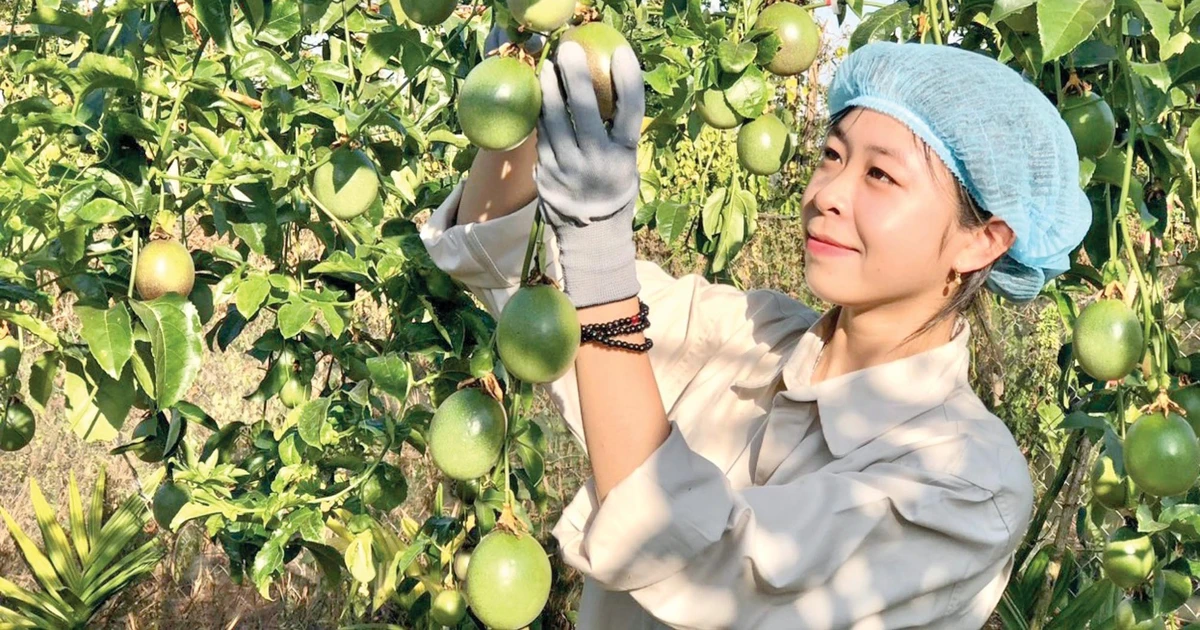


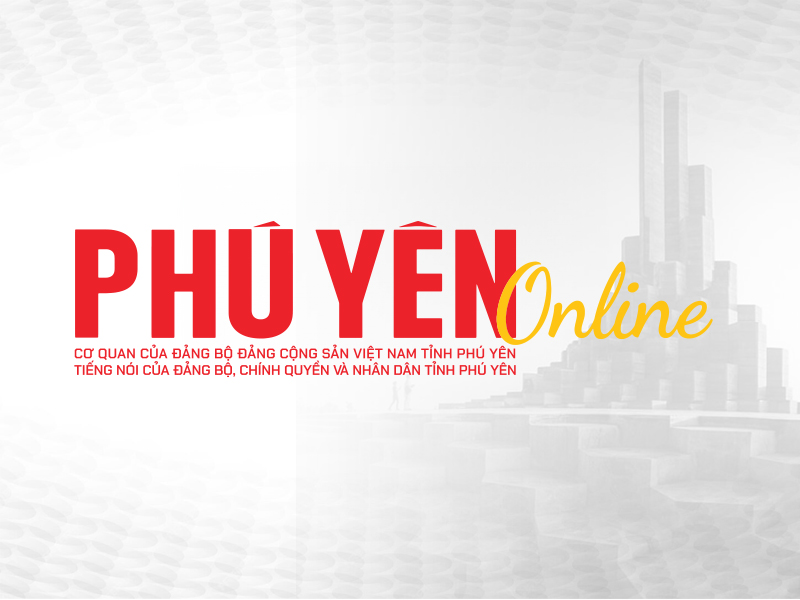

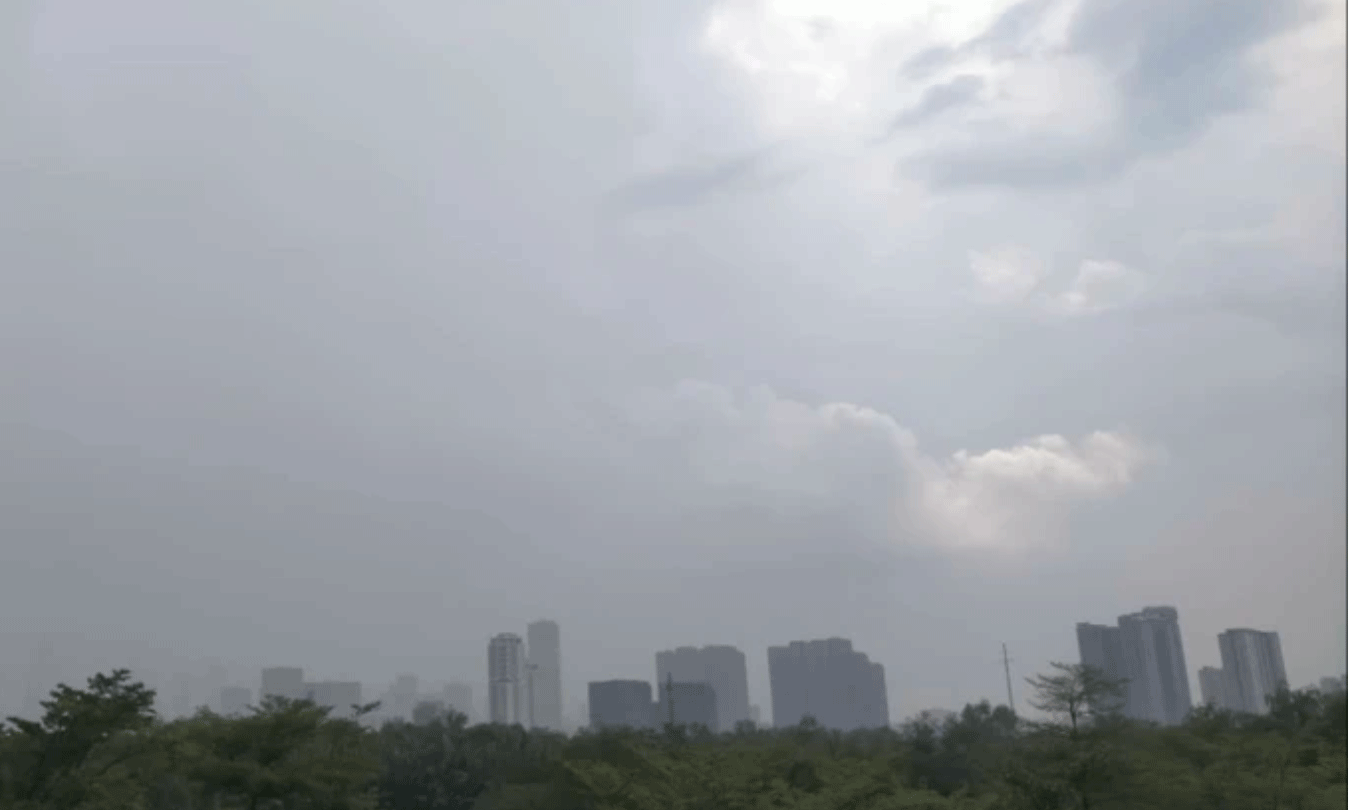

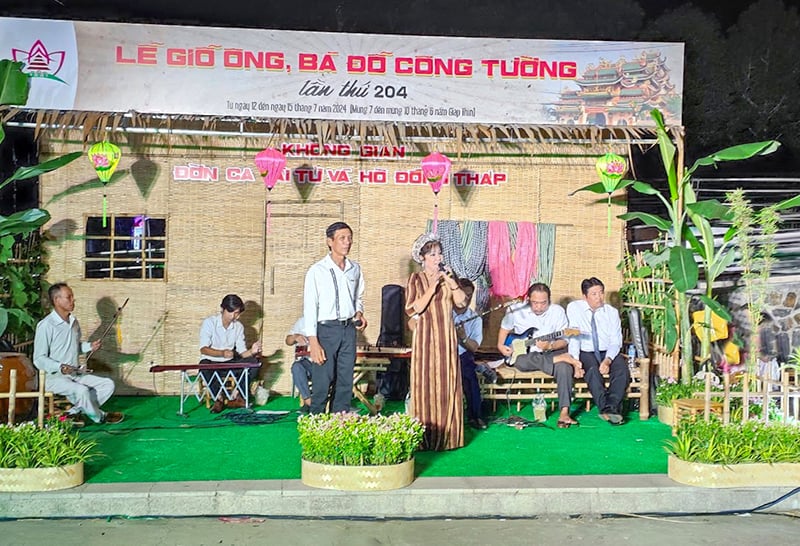



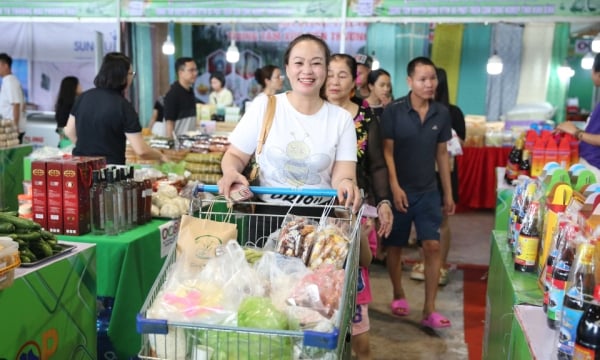

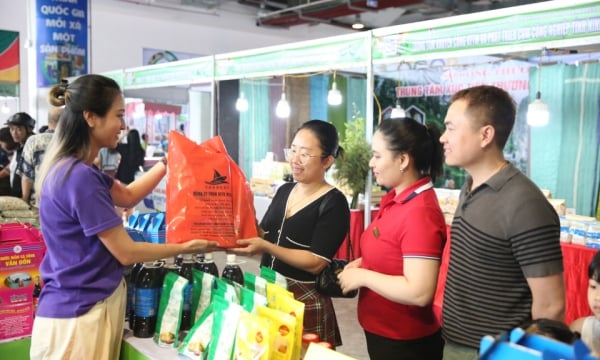
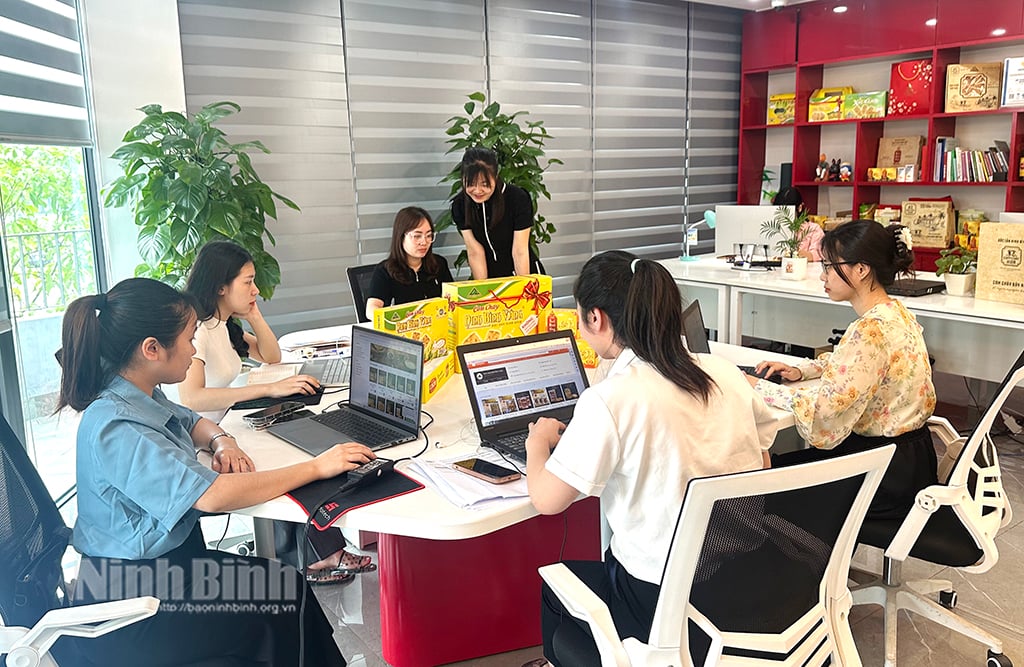
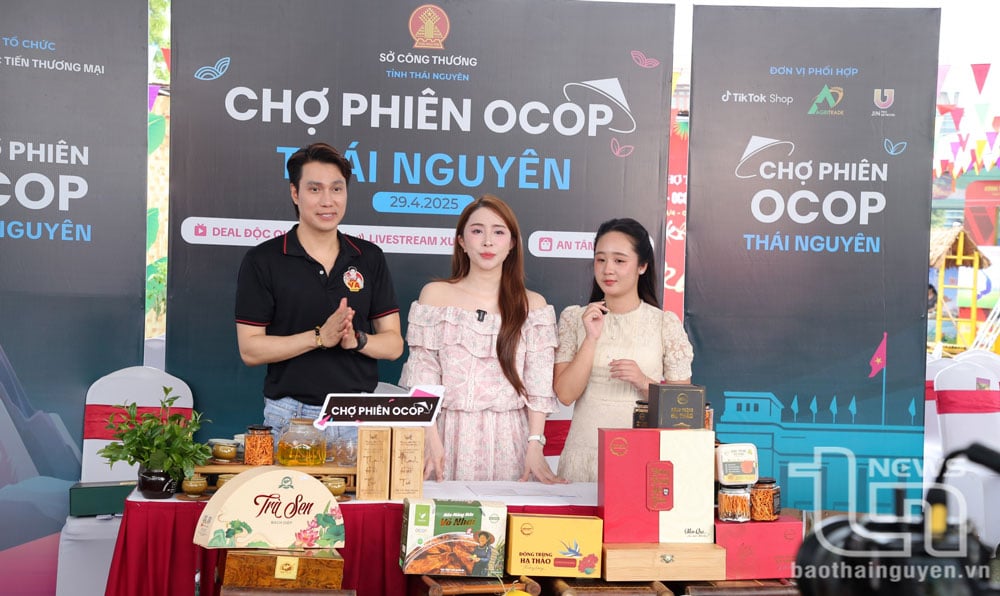

Comment (0)